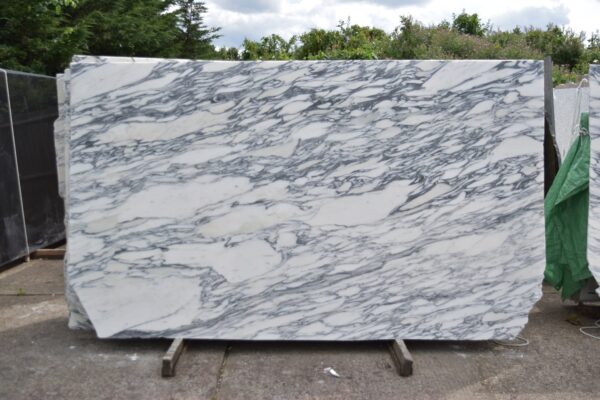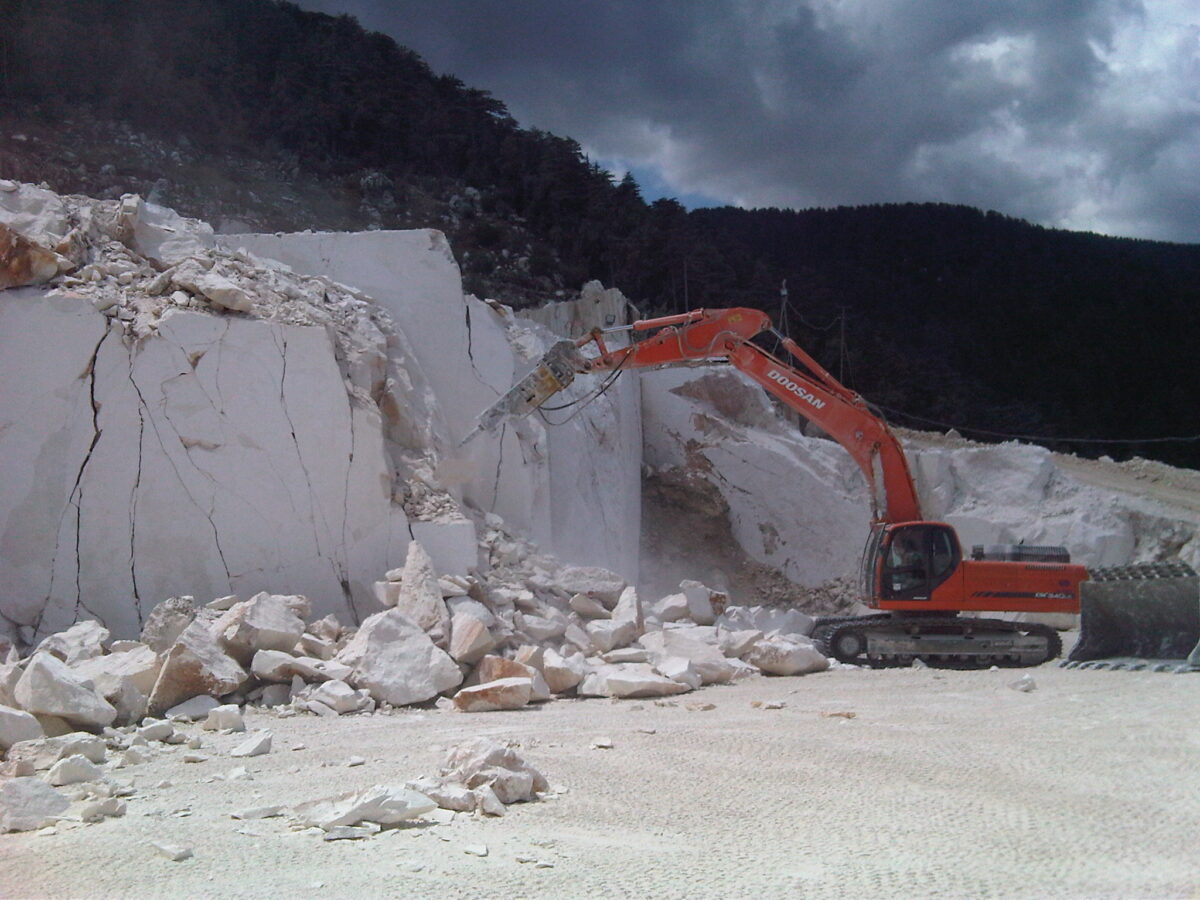The Eco Credentials of Natural Stone
Is natural stone a ‘green’ option to use in your home? We investigate.

At a time where the green credentials of any product or material you purchase has never been so important, many people ask if natural stone is a ‘green’ option to use in their house project.
As building materials and standards evolve, what constitutes as sustainable is also evolving, but there is a consensus that for a material to be classed as green or sustainable, it must satisfy the following criteria: it must be long-lasting, recyclable, non-toxic, reduce the effect on the environment during its cycle including a low carbon footprint in its production, and improve energy efficiency. Natural stone falls within this category, and as the Natural Stone Institute states, it is ‘Mother Nature’s original green building material’.
Stone is already ahead of almost all building materials in its green credentials: as a building material, stone has many “structural, design and environmental advantages over other building materials. It gives greater soundproofing qualities, offers fire protection and is resistant to water damage and offers increased energy efficiency through thermal mass. Stone absorbs heat during the day and releases it at night. This helps to even out the temperature thus reducing the need for air conditioning in the summer and heating devices in winter, therefore helping to reduce energy costs” (The Stone Federation UK). Furthermore, no other building material is as recyclable – nearly 100% of deconstructed natural stone projects can be recycled and used in other projects or crushed to form roadbeds. Also, timely to mention that in today’s world, where buildings and structures are designed to last approximately 60 years whilst requiring ongoing maintenance to ensure the integrity of the building, stone buildings will last a far greater time with low maintenance costs.
Is digging up part of our planet really an eco-friendly option?

According to data and research from the University of British Columbia and USGS:
“The area of the world’s land is 149 million km and the ocean is 361 million km. The average depth of the Earth’s crust on land is approximately 45km and the oceans is 7.5km, this gives a total volume of about 9 billion km3. The world extraction according to the USGS in 2007 was 1.39 million tonnes which at an average mass of 2.6 tonnes per m3 gives 0.53km3. Assuming that 95% of the earth’s crust is unsuitable for dimensional stone, at the current rate of extraction we have enough dimensional stone to last for about 850 million years. This figure ignores the new stone which is being continuously made, probably at a much faster rate than the industry is extracting it.” (extract from Natural Stone: The Oldest sustainable Material paper, The Stone Federation UK).
How about CO2 emissions produced from stone manufacturing and transportation of stone?
Let’s not deny that the industry needs to go further to reduce those emissions, which could be done by using electricity generated from renewable sources. If the building industry as a whole can get behind green initiatives, there will be more momentum for them to happen. However, taking into account all the manufacturing processes involved in stone production and evaluating the raw material itself, the consensus is that natural stone is a brilliant sustainable option as a building material.
Industry consensus
The consensus is that natural stone is a brilliant sustainable option as a building material. If you would like more information on how natural stone performs compared to its competitors, you might like to read: The Green Guide – which gives manufacturers, producers and designers the opportunity to examine a material’s environmental credentials. Also, The Stone Federation’s brilliant paper: Natural Stone: The Oldest sustainable Material paper is another great read.
Sources:
https://www.naturalstoneinstitute.org/
